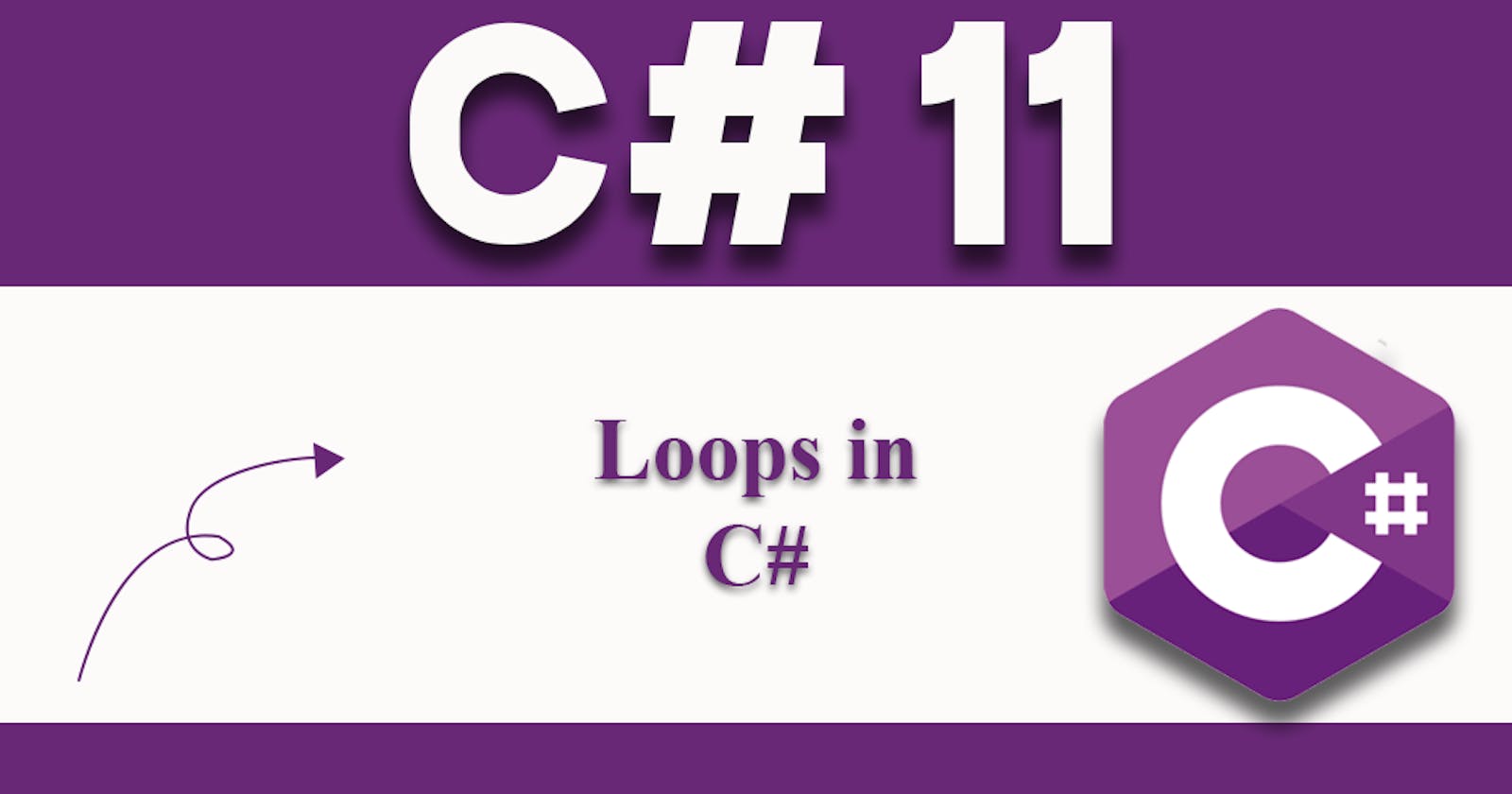Loops are a fundamental concept in programming, and C# offers several ways to implement them. In this blog post, we will discuss what loops are, the most common types of loops in C#, including for loops, while loops, do-while loops and foreach loops, and show examples of how to use them.
In programming, it is common to need to repeat a sequence of operations multiple times. One way to achieve this is through the use of loops.
A loop is a basic programming construct that allows for the repeated execution of a section of code. Depending on the type of loop, the code within it may be repeated a set number of times or until a specific condition is met.
Loops that never end are called infinite loops. Using an infinite loop is rarely needed except in cases where somewhere in the body of the loop a break operator is used to terminate its execution prematurely. We will cover this later but now let's look at how to create a loop in the C# language.
One of the most basic types of loops is the for loop. This type of loop is used to execute a set of statements a specific number of times and is typically used when the number of iterations is known in advance. The syntax for a for loop in C# is as follows:
for (initialization; condition; increment/decrement)
{
// statements to be executed
}
The initialization section is executed once at the beginning of the loop. The condition is evaluated before each iteration, and if it is true, the loop continues. The increment/decrement section is executed( after each iteration.
Here's an example of a for loop that counts from 1 to 10:
(<
\>)
Another common type of loop is the while loop. This type of loop will continue to execute as long as a certain condition is true. The syntax for a while loop in C# is as follows:
while (condition)
{
// statements to be executed
}
Here's an example of a while loop that counts from 1 to 10:
(<
\>)
A do-while loop is similar to a while loop, but the condition is evaluated after the first iteration. This means that the statements in the loop will be executed at least once. The syntax for a do-while loop in C# is as follows:
do
{
// statements to be executed
}
while (condition);
Here's an example of a do-while loop that counts from 1 to 10:
(<
\>)
The foreach loop is a bit different from the previous three iterations. It is used to perform a block of statements on each item in a sequence, for example, an array or collection. Each item is usually read-only, and if the sequence structure is modified during iteration, for example, by adding or removing an item, then an exception will be thrown. The syntax for a foreach loop in C# is as follows:
foreach (type variable in collection)
{
//statements;
}
Here's an example that shows how we can use foreach loop:
(<
\>)
In C# loops are the fundamental concepts, and these loops are very useful in various cases. These loops are very flexible, and you can use them for different purposes, such as iterating over collections, repeating a specific task, and so on. The for, while, and do-while loops are the most commonly used loops in C#.
In summary, loops are an essential concept in programming, and C# provides several ways to implement them. The for, while, and do-while loops are the most commonly used and each has its specific use case. Understanding the different types of loops and when to use them is an important aspect of
becoming a proficient C# programmer.
Enjoyed this post? follow for more great content.
Your support is much appreciated
